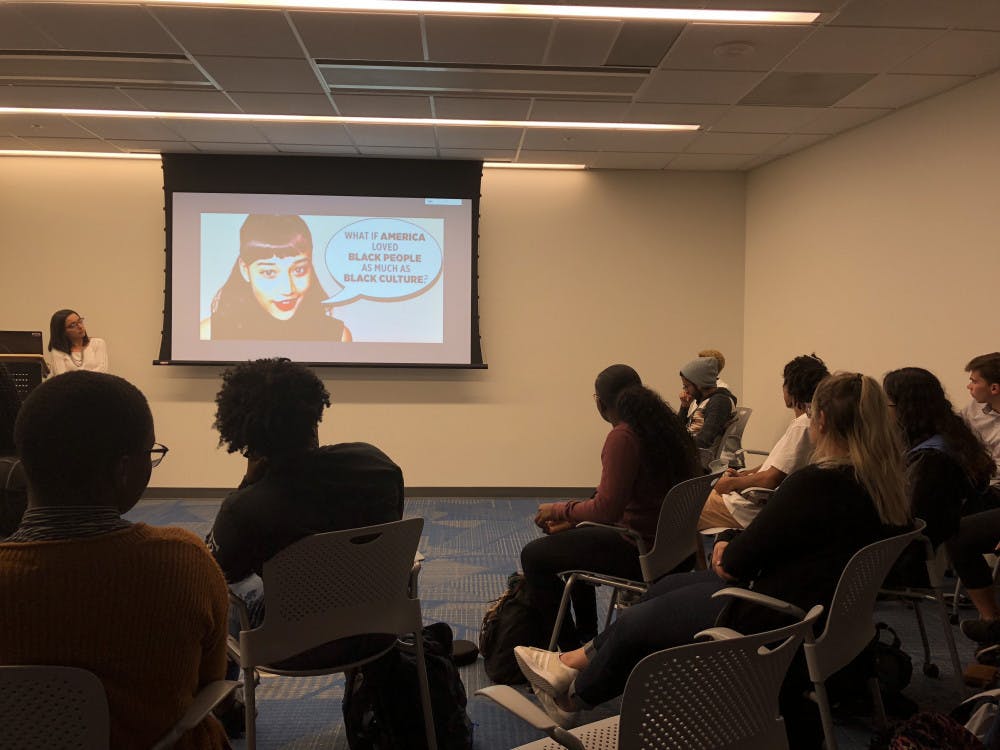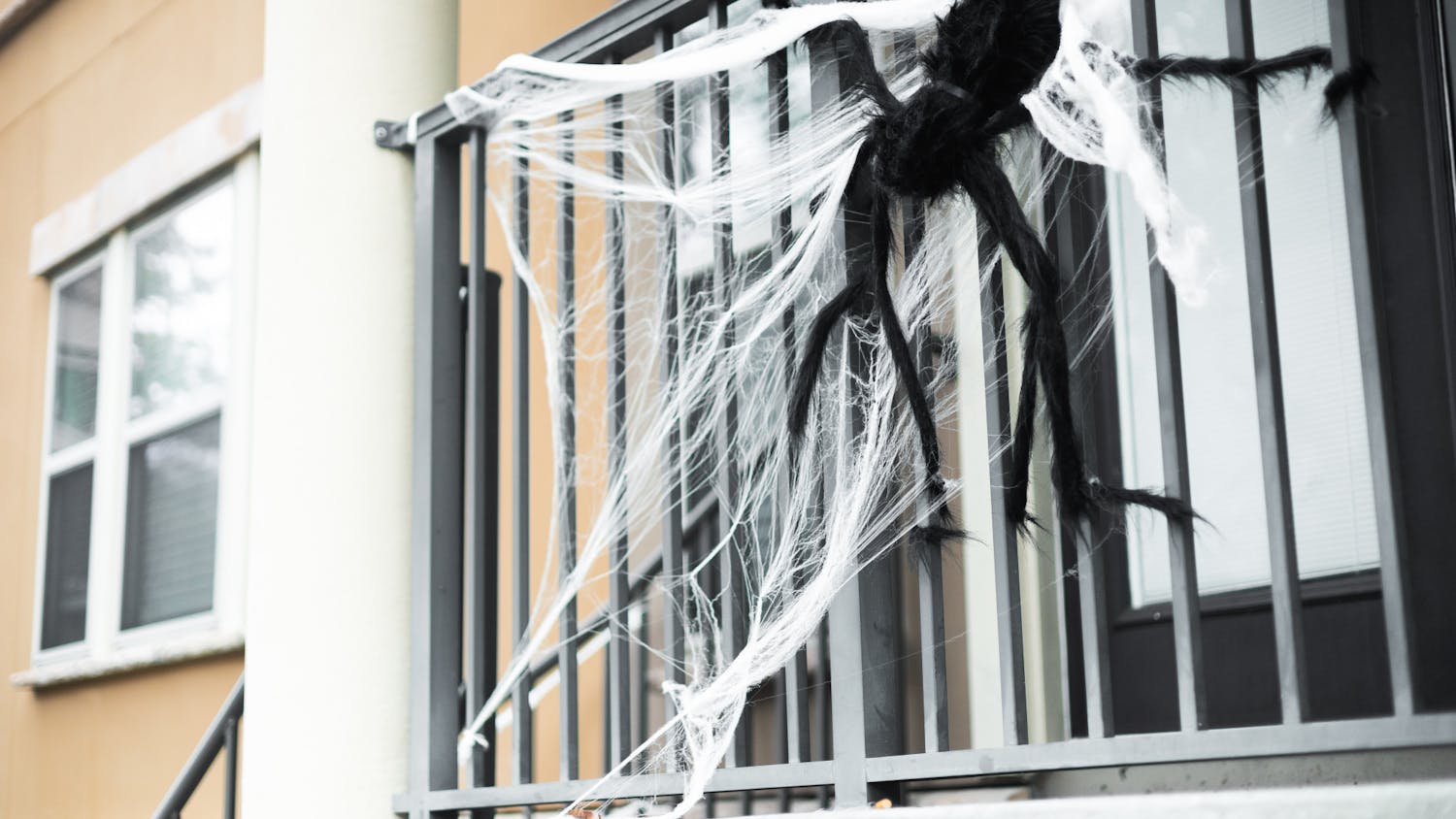Amber Donald learned about cultural appropriation when she saw an image of Beyoncé wearing Middle Eastern attire in a music video.
“It was interesting to see that a marginalized group can still culturally appropriate another community,” she said.
The 20-year-old UF health education and behavior junior and about 40 other students discussed the differences between cultural appropriation and cultural appreciation Tuesday evening within the UF Multicultural and Diversity Affairs suite.
The event was put on by the UF Multicultural and Diversity Affairs and Students Taking Action Against Racism and was sponsored by UF National Association for the Advancement of Colored People, said Ana Mata, the chairperson of Students Taking Action Against Racism.
This event was held on the second day of the Anti-Racism week series, Mata said. The week will continue with a viewing and discussion of “Documenting Hate,” a documentary about the Unite the Right rally in Charlottesville, Virginia, Wednesday night and a cultural exchange fair Thursday.
Donald said events like this help solve the deeply rooted problem of cultural appropriation.
“It’s not something that will happen overnight, but with conversations like this it will eventually get better,” she said.
Daniela Ordonez thought there was no better time to learn about cultural appropriation. Halloween costumes can be offensive to certain cultures, such as Native American or Japanese Geisha costumes, even when the person isn’t trying to be disrespectful, she said.
“Halloween is a big time where cultural appropriation is an issue,” the 18-year-old UF political science freshman said. “I want to learn how to respectfully make people aware of when they do it.”
Diana Moreno, the assistant director of the UF Multicultural and Diversity Affairs, said the lesson goes beyond Halloween.
“This is to help students think critically and know how to engage in the worlds of fashion and music,” she said.
Moreno said the difference between appropriation and appreciation is power. Appropriation is when someone takes advantage of the power difference and feels entitled to the culture. She showed images of different celebrities and asked students if they were culturally appropriating.
Moreno said in order to turn appropriation into appreciation, people must acknowledge the power difference and understand their position as a guest in the cultural activity.
“Sometimes people are gaining value or enjoyment or profit from a culture that has historically been unable to do that,” she said. “There’s a false equivalence.”
This is the second year that Anti-Racism week has been held at UF, and this year is about representing more minority students like Asian Americans and Islam on Campus, Mata said.
Mata said students get uncomfortable about the topic of racism, but it is something that needs to be discussed more.
“At the end of the day, we need to unite and fight to combat racism,” she said.
-
Viewing and discussion of “Documenting Hate”, a documentary about the Unite the Rally rally in Charlottesville
-
6 p.m. Wednesday, in Reitz Union 3320
-
Cultural Exchange Fair
-
From 11 a.m. to 2 p.m. Thursday, in the Reitz Union tabling area
Diana Moreno, the assistant director of the UF Multicultural and Diversity Affairs, discusses the fine line between cultural appropriation and appreciation with students at a discussion held as part of Anti-Racism week.






